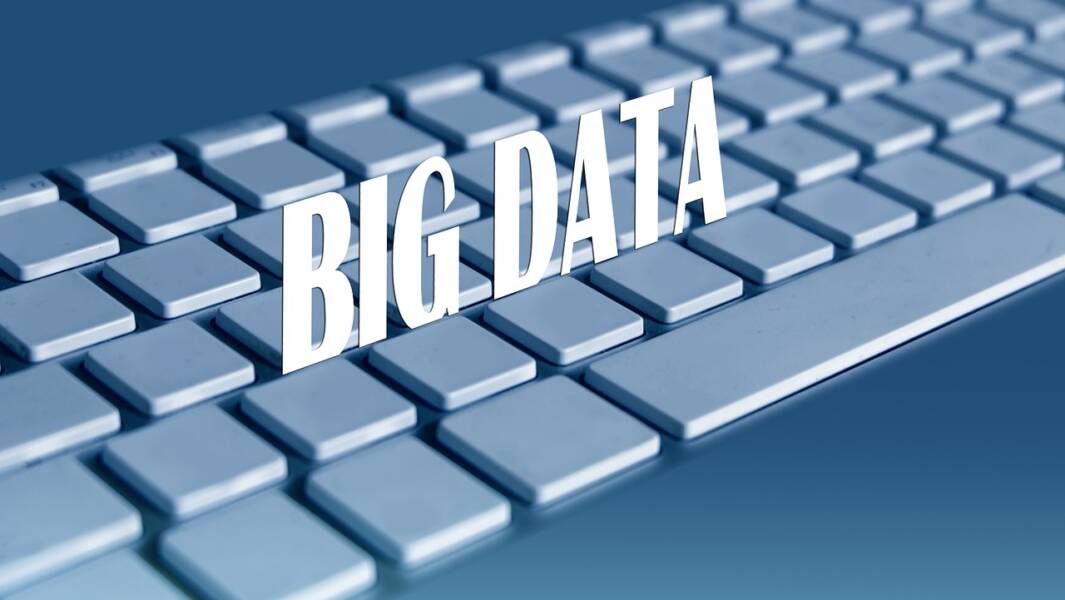While big data may still be a relatively new term in the business world, the truth is that most companies are already sitting on massive troves of data. The challenge, of course, is figuring out how to make use of all that data in a way that’s both efficient and effective. Big data is beginning to have a significant impact in the realm of big data processing.

Big data processing can help businesses make better decisions, improve operations, and gain insights into customer behavior. However, because big data processing involves dealing with large amounts of sensitive information, it’s essential to ensure that your big data processing tools are secure. If securing your company’s big data is a primary concern, Optymyze can do just that.
1. Keep Only What You Need
The first step to securing big data processing is to keep the data you absolutely need. There is no need to keep data that is irrelevant or that can be easily accessed elsewhere. Keeping only what you need will help to reduce the chances of a data breach and will also help to keep your systems running smoothly.
2. Use Encryption
Encrypting your data is one of the best ways to protect it from being accessed by unauthorized individuals. When encrypting data, use a robust encryption algorithm such as AES256. Additionally, encrypt both in transit and at rest data to further protect it.
3. Use Access Control Lists
An access control list (ACL) is a list of permissions that specify who can access what data. When setting up an ACL, consider who needs access to which data and what level of access they should have. For example, some users may only need read-only access while others may require read/write access.
4. Implement Identity and Access Management
Identity and access management (IAM) is a system that controls which users have access to which systems and data. IAM systems can be used to control access at the individual user level or the group level. When implementing IAM, consider which users should have access to which systems and data and what level of access they should have. Additionally, IAM systems can be used to track user activity and enforce most minor privilege policies.
5. Use Data Loss Prevention Tools
Data loss prevention (DLP) tools are designed to prevent sensitive data from being leaked outside an organization. DLP tools can monitor network traffic for sensitive data, block sensitive data from being emailed outside the organization, and more. When choosing a DLP solution, consider your organization’s needs and requirements.
6. Use Firewalls
Firewalls are devices that control traffic between networks or between devices on a network. When configuring firewalls, allow only the needed traffic and block all other traffic. Additionally, consider using virtual private networks (VPNs) to further isolate networks or devices from each other.
7. Deploy Intrusion Detection/Prevention Systems
An intrusion detection system (IDS) monitors network traffic for signs of malicious activity such as viruses, worms, or Trojan horses. On the other hand, an intrusion prevention system (IPS) blocks malicious traffic before it reaches its intended target. When deploying IDS/IPS solutions, be sure to deploy them in multiple layers so that if one layer fails, another layer of defense is still in place. Additionally, consider deploying honeypots or honeynets as additional layers of protection against malware and attackers.
8. Monitor Log Files
Monitoring log files can help you detect malicious activity on your network or individual devices. Be sure to monitor log files for unusual activity, such as high volumes of traffic from unique sources, IP addresses, or attempts to access restricted areas of your network.
9. Backup Your Data
Regularly backing up your data helps ensure that if your primary copy is lost or corrupted, you will still have a backup copy available. When backing up data, be sure to use a reliable backup method such as tape backup, disk backup, or cloud backup. Additionally, consider encrypting your backups to further protect them from being accessed by unauthorized individuals.
- Keep Your Software Up-To-Date
Keeping your software up-to-date is one of the best ways
10. Train Your Employees
Last but not least, it’s essential to train your employees on security best practices such as proper password management and how to spot phishing emails. Additionally, consider conducting regular security awareness training to help keep your employees up-to-date on the latest security threats.
Conclusion
Big data plays a vital role in today’s business world, so it’s important to take steps to secure big data processing. By encrypting data, implementing role-based access controls, monitoring networks, and performing regular audits, you can help keep your big data safe from unauthorized access and misuse. Optymyze can help ensure that your big data processing tools are as secure as possible, giving you peace of mind knowing that your sensitive information is well-protected.
TechnologyHQ is a platform about business insights, tech, 4IR, digital transformation, AI, Blockchain, Cybersecurity, and social media for businesses.
We manage social media groups with more than 200,000 members with almost 100% engagement.










































